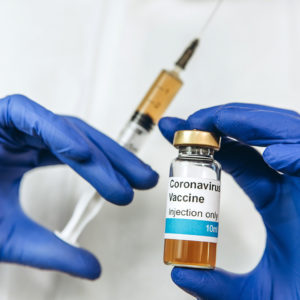Throughout 2020 and the initial weeks of 2021, we’ve all had an unwanted, front seat view of a deadly pandemic. But at the same time, we can’t ignore the fact that we’re also witnessing history-making medical achievements.
Only months after the deadly outbreak began, not one but two highly-effective and remarkably safe vaccines are currently being injected into the arms of millions of Americans. Calling that kind of medical progress astounding is an understatement to say the least.
So, why were we so incredibly successful?
Because in many ways, scientists have been preparing for COVID-19 long before it surfaced in the spring of 2020. Researchers around the globe had previously conducted several years of research in both animals and humans to understand and effectively combat other coronaviruses such as SARS and MERS. All of this prior work also led to a new vaccine development platform, where strands of RNA nucleotides are used to teach our bodies how to defend against coronavirus infection. The approach, which was employed in both the Pfizer and Moderna vaccines, was not developed overnight. One of the earliest breakthroughs occurred in the 1990s, when scientists pioneered the method in rodents. While successful, those initial studies also demonstrated just how much work was still required before we had a strategy that was safe for human use.
Fast forward to early 2020 when all those years of work in animals and humans paid off. Scientists used that acquired knowledge to rapidly develop vaccine candidates. They quickly conducted initial animal tests. Then, they initiated human trials which led to the vaccines we have today.
But why is it critical for us to remember how we got to this point? Because we sadly live in the age of alternate facts and as a result, some opposed to animal studies have already attempted to rewrite history. We’ve heard claims that animal research was skipped when the coronavirus vaccines were created or that it can be discarded in the near future. That’s simply not true. And this kind of misinformation is not harmless. It poses a serious danger. If we allow these false narratives to become accepted facts, it could create future roadblocks for our scientists who require animal studies to save lives. It might slow critical vaccine progress when the next pandemic arrives. Worst of all, it could make the development of future vaccines less safe.
We all look forward to the day when COVID-19 is in our rearview mirror. But before that happens, we need to stop and take note of how we’re currently ending this pandemic. It is imperative for us to remember how we got here, a place where we can finally see the light at the end of the tunnel.

